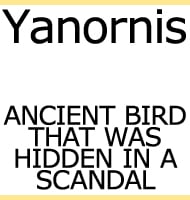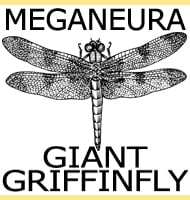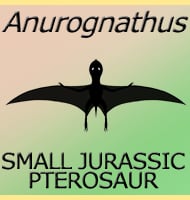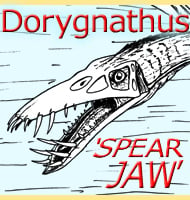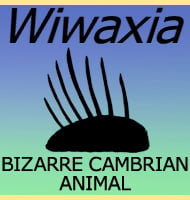In Depth
Anthracosaurus is believed to have been a member of the Embolomeri, a sub group of the reptilomorphs. So far only elements of the skull are known, but if Anthracosaurus had a body similar in form to it relatives like Archeria, then the body and tail would have been long and slender and up to about three meters long. Long, slender bodies that are termed eel-like are commonly seen in carboniferous vertebrates since they allowed for easier navigation through clogged carboniferous swamps and water systems. Aside from some amphibians and reptilomorphs, xenacanthid sharks also display elongated eel-like body forms.
Anthracosaurus had long sharp teeth in its jaws, and also a second set on the roof of its mouth. These would have been used to spear and trap soft bodied prey such as fish and even other amphibians, which then would probably be swallowed whole.
Further Reading
- Description of Anthracosaurus russelli, a new labyrinthodont form the Lanarkshire coal field, Thomas Henry Huxley - 1863. - On Anthracosaurus russelli Huxley (Amphibia: Labyrinthodontia) and the family Anthracosauridae, A. L. Panchen - 1977. - Two new specimens of Anthracosaurus (Amphibia: Anthracosauria) from the Northumberland Coal Measures, Jennifer A. Clack - 1987.

